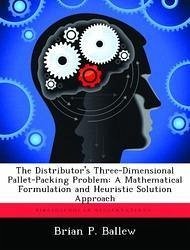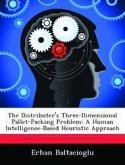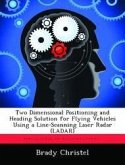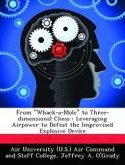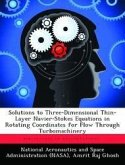It is through practice and experience Air Force loadmasters are able to pack the Air Force standard HCU-6/E (463L) pallets efficiently. Although the loadmasters perform their jobs exceptionally well, the Air Force is in search of a model that will more efficiently pack the pallets. We have developed a mathematical formulation of the three-dimensional pallet-packing problem which minimizes the amount of unused space on a pallet. The formulation ensures each box is packed with the correct volume and dimensions, and ensures the volume of all the boxes packed is less than the available pallet volume. Additionally, the formulation ensures that each box has a foundation on which to be placed and allows, at most, one box to be placed in each location on the pallet. The three-dimensional pallet-packing problem is a NP-hard problem. Thus, for large problems, the optimal solution can not be found in a reasonable amount of time. Therefore a heuristic solution approach is required to solve these large problems. This research observes the performance of a genetic algorithm on the three-dimensional pallet-packing problem using single-point crossover.

